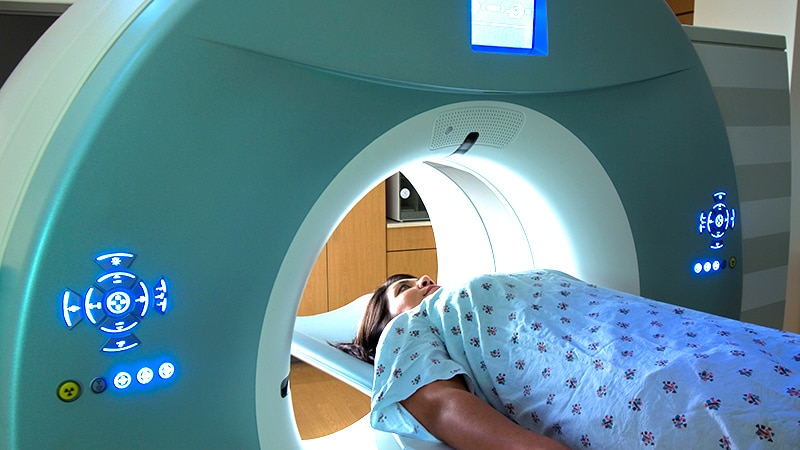Takeaway
- Spironolactone use was associated with a lower risk for prostate cancer (PCa).
- Risk reduction was greater in current users than past users and the risk decreased with increasing dose.
Why this matters
- Findings warrant future studies to determine the chemotherapeutic effects of spironolactone.
Study design
- A population-wide, case-control study included 31,591 men with PCa (cases) and 156,802 age- and county-matched men without PCa (controls).
- Funding: None disclosed.
Key results
- In multivariable analyses, spironolactone vs control group had a lower risk for PCa (OR, 0.83; 95% CI, 0.76-0.89).
- Risk reduction was higher in current users (OR, 0.77; 95% CI, 0.69-0.86) than past users (OR, 0.88; 95% CI, 0.79-0.97) and the risk decreased with increasing dose (Ptrend<.001).
- Spironolactone use was linked with lower risk for PCa across all grade, prostate-specific antigen (PSA) categories and risk groups:
- Grade:
- 1 (OR, 0.79; 95% CI, 0.68-0.92);
- 2 (OR, 0.86; 95% CI, 0.73-1.00);
- 3 (OR, 0.68; 95% CI, 0.55-0.84); and
- 4 (OR, 0.85; 95% CI, 0.68-1.06).
- PSA categories (in ng/ml):
- <3 (OR, 0.74; 95% CI, 0.50-1.11);
- 3 to <10 (OR, 0.88; 95% CI, 0.78-1.00);
- 10 to <20 (OR, 0.77; 95% CI, 0.65-0.93);
- 20 to <50 (OR, 0.86; 95% CI, 0.71-1.04); and
- 50+ (OR, 0.88; 95% CI, 0.73-1.05).
- Risk groups:
- low (OR, 0.85; 95% CI, 0.70-1.02);
- intermediate (OR, 0.82; 95% CI, 0.71-0.95);
- high (OR, 0.78; 95% CI, 0.67-0.91); and
- advanced/metastatic (OR, 0.92; 95% CI, 0.79-1.07).
- Grade:
Limitation
- Lack of data on potential confounders such as body weight and other health behaviours.
References
References



